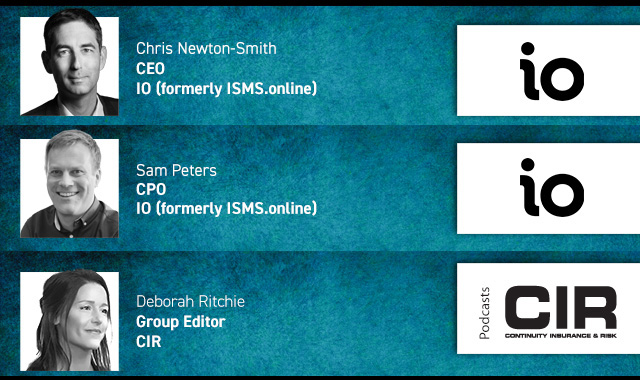With measures to slash greenhouse gas emissions set to miss their mark, businesses should be preparing for the risks related to a changing climate, according to a report by Zurich Insurance Group. Published at the start of Climate Week NYC, a gathering of investors, governors and CEOs in New York, it recommends a three-step strategy to help companies strengthen their defences.
“Our analysis suggests that the current level of efforts to keep global temperatures from rising over 2*C above pre-industrial levels will likely fail, so businesses should prepare for the physical consequences of a warming planet. Companies must know the magnitude of their climate risk, so that they can prioritise actions based on their particular circumstances," says group chief risk officer, Alison Martin. “It’s crucial for businesses to develop a climate resilience adaptation strategy and act on it now.”
Some scientists posit that climate change will likely lead to more intense hurricanes with higher rainfall amounts and rising sea levels, which will result in more dangerous storms surges and flooding.
“At Zurich, we encourage building more resilient critical infrastructure, which can help our customers and governments adapt to climate change. We firmly believe in prevention as the best form of protection," Martin adds. "Adaptation costs for climate change effects may be significantly lower than damage costs. For example, through our Flood Resilience Program, Zurich has demonstrated that every dollar spent on flood prevention measures on average saves five dollars on recovery efforts should a flood event occur.”
Adapting to the risks related to climate change (Source: Zurich)
The report, ‘Managing the impacts of climate change: risk management responses,’ provides risk management tools, and outlines approaches and best practices to help businesses respond to the growing threat of climate change.
It examines two scenarios: one based on the failure to act on climate change, resulting in a steady rise in temperature and rising physical risk; the other assumes that effective measures are taken to reduce carbon emissions, with increasing transition risks to be managed in the shorter term.
It also details three steps companies can follow to develop a climate resilience adaptation strategy:
1. Identify the broad business and strategic risks;
2. Develop a granular view of the risks including individual locations;
3. Develop a mitigation strategy involving insurance and resilience, as well as strategic implications for business models.
Printed Copy:
Would you also like to receive CIR Magazine in print?
Data Use:
We will also send you our free daily email newsletters and other relevant communications, which you can opt out of at any time. Thank you.











YOU MIGHT ALSO LIKE